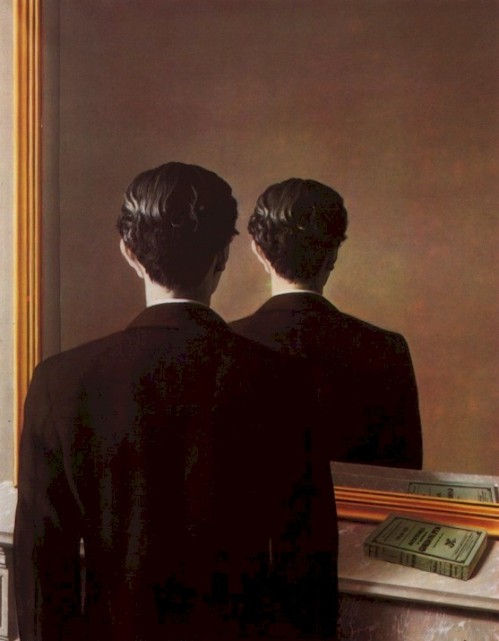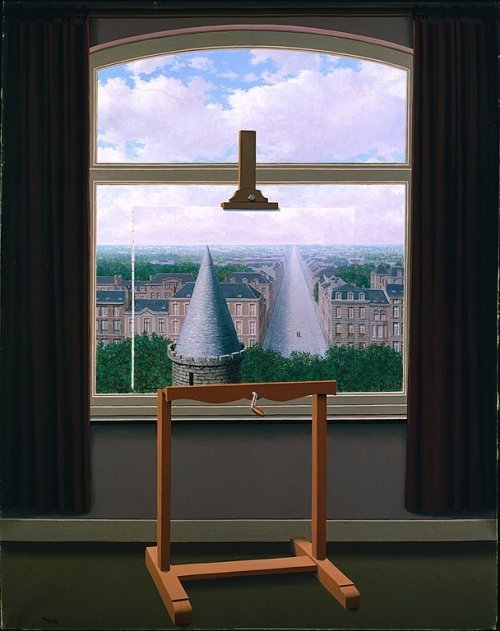Upon retirement the Cumberland fast left arm round-the-wicket swinger, Melvin Bragg, launched a radio discussion series for the BBC exploring the history of ideas. He called the series In Our Time Machine. A sub-editor at the Radio Times, short of space but not of time, removed the word Machine from the title so that the series is widely but erroneously known as In Our Time.
Melvin has a Type II Time Machine which, although stylistically an inferior model, does the basics very well, though it must be rather cramped for four.
Melvin travels as he bowled, that is, furiously and with an unreliable internal radar system. The cluster of short legs that he insisted on having round the bat were often in greater danger than the batsman.
For this reason time travellers give Broadcasting House a wide berth on Thursday mornings and use The Radio Times to forewarn them of dates and locations to avoid when Melvin and his mates are fooling around in the continuum.
This week the programme covered the subject of imaginary numbers and, while Melvin and his mates were coming and going, only the reckless among other time travellers dared drop in at the C16th Lombardy home of Hieronymus Cardanus (to use his Sunday name) for morning coffee or any of the mid C16th haunts of Rafael Bombelli for a gossip or Johann Carl Friedrich Gauss’ very late C18th rooms for a morning glass of schnapps.
Third Man has always left ‘that which is under the bonnet’ of his Mark III to the village blacksmith, but apparently for some (the French cricketer with a limited back lift, Rene Descarte being one) there can be a difficulty in imagining a number which when squared comes to minus 1 or, for others, seeing the back of their head in a mirror (not of course for Rene Magritte -see above).
As any fule kno, Bombelli in L’Algebra (1569) had been the first to perform computations with negative numbers and ‘Minus times minus makes plus’. So, as Form 3B would say, ‘timesing’ a number by itself to produce -1 is pretty damned difficult and would have given even Roy Webber, Arthur Wrigley and Bill Frindall a few sleepless nights.
Third Man finds “Just jump” a helpful rule of thumb. Imagine a number with the property that, when squared, equals minus one. That should do it: viz. i 2 = −1 where i is the imaginary unit, et voila M. Descarte.
With these imaginary units Third Man finds he can work with real units to pry into the meaning of most experiences and take a shufty at ‘the thing in itself’ .
[Skip the following if you’re tired but the Squire, who is a member of the Royal Society and who likes to think he understands these things, insists that Third Man uses some of his notes on the concept of complex numbers (found here).
[We can represent a complex number by a + bi where a and b are real numbers, and i is the imaginary unit, which has the property i 2 = −1. The real number a is called the real part of the complex number, and the real number b is the imaginary part. For example, 3 + 2i is a complex number, with real part 3 and imaginary part 2. If z = a + bi, the real part a is denoted Re(z) or ℜ(z), and the imaginary part b is denoted Im(z) or ℑ(z).
[The complex numbers (C) are regarded as an extension of the real numbers (R) by considering every real number as a complex number with an imaginary part of zero. The real number a is identified with the complex number a + 0i. Complex numbers with a real part of zero (Re(z)=0) are called imaginary numbers. Instead of writing 0 + bi, that imaginary number is usually denoted as just bi. If b equals 1, instead of using 0 + 1i or 1i, the number is denoted as i.]
Complex but rewarding stuff if you have time enough.
 Actually it maybe a lot easier just to look at a couple of paintings by the rather stolid Belgian opening batsman Rene Magritte, who like Boycott is in to hats in a big way as this portrait demonstrates.
Actually it maybe a lot easier just to look at a couple of paintings by the rather stolid Belgian opening batsman Rene Magritte, who like Boycott is in to hats in a big way as this portrait demonstrates.
Magritte’s juxtaposition of ordinary objects in an unusual context gives new meanings to familiar things. Very a + bi .
In works entitled The Human Condition, (above and below) Rene Magritte tries to make the point that no matter how closely, through realism-art, we come to depicting an item accurately, we never do catch the item itself. (To substitute ‘ the thing in itself’ here may be going too far but these two examples begin to make the point.
Third Man’s own surrealistic work (left) and homage to Magritte “Ceci n’est pas un match de cricket” with it’s realistic representation of the 2009 Lord’s Test complete score card appears at first sight a contradiction but is of course actually and indisputably true.
Indeed this is not the cricket match – the cricket match, qua the thing in itself (to borrow from Kant and Schopenhauer), was contained somewhere in a complex combination of the real and the imaginary parts of the continuing Clarke/Hadden partnership and Andrew Flintoff’s fitness on that final day of the match.
Could Clarke and Hadden ensure Australia made 522 to make cricketing history and go one up in the series? Could Flintoff take his first 5fer at Lord’s in his last Test match there … even possibly in his last ever Test appearance?
Prior to the start of play that morning, Flintoff bowled just two deliveries in the nets before limping back to the Pavilion, leaving a trail of questions.
The next installment which follows the match next day can be found here.






Pingback: Now is September Passing Through « Down At Third Man